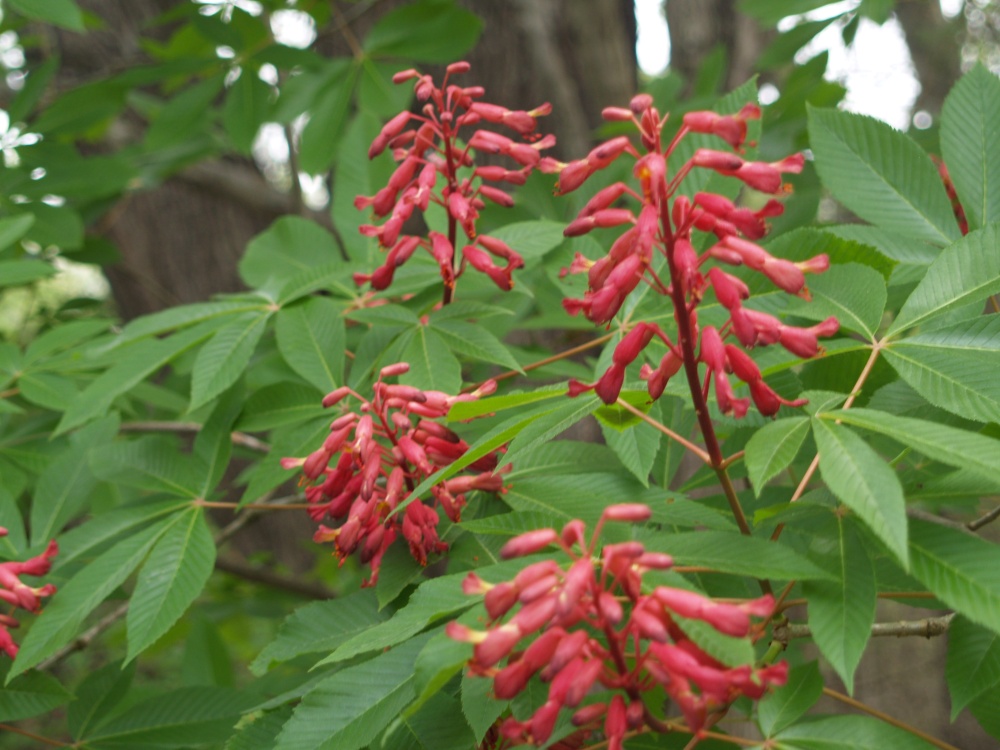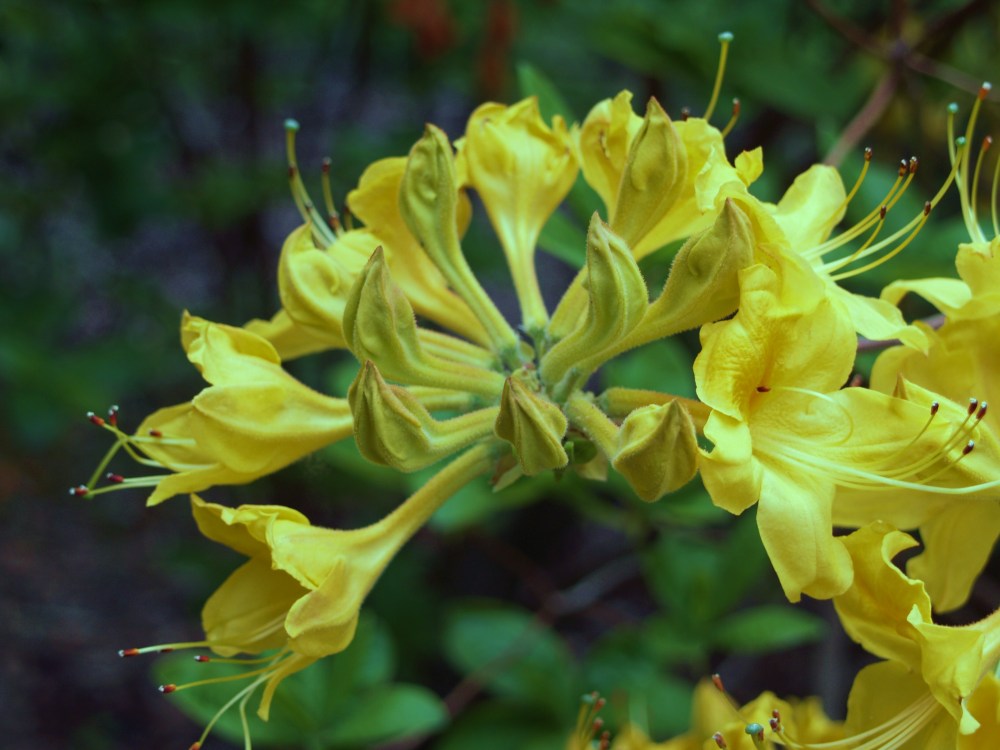What did you do on your summer vacation? I didn’t take one. Haven’t since the kids have grown up and moved out. Not that I’m all work and no play, but nowadays I’d rather putter around the garden. This is about as much excitement as I can stand.
For various reasons I happened into a couple big demolition projects in the garden this summer, and the days when the work was done coincided precisely with summer’s hottest days. This part was no fun, heat or no heat. There were trees to cut down and bamboo to dig out, and I would have been much happier not to be involved with any of it. But, most of the labor is over and done, and now comes the good part. I’m planting again.
Though there were some gaping holes in the garden I delayed planting until temperatures cooled and more regular rains returned in September. I don’t have a problem with planting in mid summer, but with a bit larger project I won’t have to worry about watering to get the new plants started.
The biggest challenge has been deciding what to plant. I’m certain that gardeners everywhere go through the same dilemma. I want plants that aren’t too ordinary, but they can’t be too expensive. I want them big enough to make a show from the beginning, but there’s a bunch of space to fill so I have to watch the budget.
The first consideration was to decide on the anchor plants, and then I figured that everything else would flow from there. To replace a wide spreading Seven Son tree that was felled in a summer storm I first considered a beautiful purple ‘Catawba’ crapemyrtle (Lagerstroemia indica ‘Catawba’, a little too common, I decided), then a yellowwood (Cladrastis kentuckea, a beautiful native, but too large at maturity), and finally a Korean Sweetheart tree (Euscaphis japonica) that I saw at a garden center trade show. The Sweetheart tree seemed a perfect fit for the spot, but I couldn’t figure a way to get a tree that was large enough, soon enough. I couldn’t wait until spring, even for the perfect tree, so I finally decided on a red horsechestnut (Aesculus x carnea). I bought the Sweetheart tree also, but only a tiny seedling that is years away from being large enough to consider calling it a tree. For now, it’s a little bush.
The red horsechestnut is a delightful medium sized tree with excellent foliage and beautiful flowers similar to the red buckeye (Aesculus pavia flowers, above) planted in the front garden. The eventual size of the horsechestnut isn’t much different than the yellowwood that was determined to be too large, but it’s even slower growing, so I’m not likely to live to see the day when it’s too big for the spot. The nearly ten foot tall tree I planted doesn’t quite fill the space as much as I wanted, but it will, and now that it’s planted I’m mostly happy with my choice.
For the open, slightly sunny spot in the area where the bamboo and a large Colorado spruce were removed, I chose an uncommon hybrid of Franklinia and Gordonia. I have a Franklin tree in the rear garden (it’s one of my long time favories), but the not very cold hardy Gordonia is a southern evergreen that I’m not familiar with. The foliage and flowers of the hybrid Gordlinia (x Gordlinia grandiflora) look similar to Franklinia, but from Gordonia it becomes semi-evergreen, which means that it will hold at least some leaves in most winters. This part is not so important to me, but the flowers are supposed to be larger than the Franklin tree’s (above), so I’m anxious to see them. The trees I planted are only about four feet tall, and I’m impatient, so I planted three in a clump. There are a few flower buds remaining, though the peak flowering season is July into August, so perhaps there will be a bloom or two this year.
The new plantings are in an area directly between my house and the neighbor’s, and though I don’t care to be completely screened I would like to have some evergreens so that it’s not a blank space in the winter months. So, I planted a few ‘Golden Girl’ hollies that will eventually grow tall and wide enough to make a presence, and then planted evergreen Encore azaleas (above) and also deciduous azaleas. The Encores are cold hardy varieties that I haven’t planted before, and of course they’re now in bloom. The deciduous azaleas (spring blooms, below) will grow tall and wide in the half shaded area with fragrant orange, yellow, and red blooms in mid spring.
I’ve planted a few Oakleaf hydrangeas for further height and a few summer flowering Penny Mac hydrangeas, and I’ll be filling the spaces in between with ‘Ice Dance’ carex, Northern Sea oats, yellow leafed ‘Sun King’ aralias, and native Cinammon ferns. There will be some open area that I’ll wait until later to fill, and of course I’ll plug in smaller bits and pieces for years to come. It’s shaping up, never as quickly as I’d like, but this is the only planting I’ve done in ten years that’s not just filling in small areas. I think everything will work out just fine.
Can I plant azaleas at this time of the year??????
Yes,
I’m comfortable planting evergreens into mid November without question. After that the weather becomes a little iffy when cold temperatures move in.